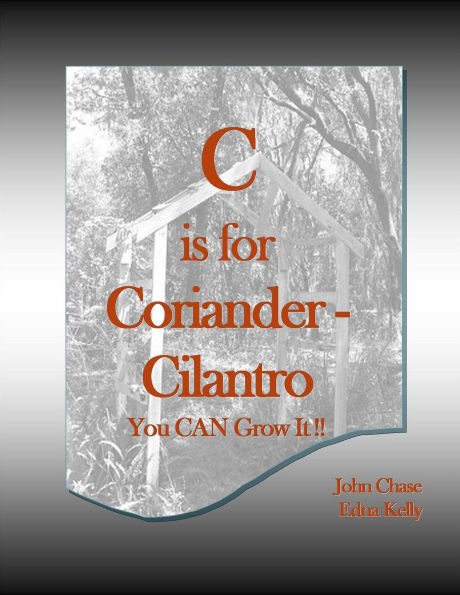I grew up on a working dairy farm. We had around 100 Jersey cows to milk, feed, and care for. Also in the mix were chickens, goats, pigs, horses, dogs, cats, bees, geese, and even a few ducks. To feed the animals, we raised corn, wheat, silage and timothy/clover for hay.Our garden was big enough to feed our family of four throughout the year. Mom taught us that gardens are best when shared, she was always giving different herbs or excesses to the neighbors, and they were always sending different items to us. We would have fresh vegetables during the spring and summer, and canned or dried during the winters. We used honey on our biscuits and ALWAYS had a pot of vegetable soup on the stove. Mom raised two big boys that were never hungry. Lunches where a big affair, it was the main meal of the day, the break between milking and chores. This was the time to rest up before starting the next phase of the day. Lunches could have family or friends, sometimes neighbors or field hands. The meals consisted of whatever was "in season" at the time.The garden was a family endeavor. We never used chemicals, and it was fertilized with manure and steady crop rotation. Pests where controlled with particular care in companion plantings. Our garden was a mixture between vegetables, herbs and flowers, (and weeds that Mom always said where good weeds) a veritable jungle to the inexperienced eye.Mom was the primary knowledge base for what was planted, when it was planted, and why it was planted here or there. She was always reading, asking questions, and experimenting with different ideas. Mom did not have a "green thumb", what she had is common sense. She understood how to take advantage of the benefits of the different plants next to each other - companion gardening. That "jungle" that you may have seen NEVER let us be hungry in all the years on the farm.The garden was also our doctor; if any of us had the cold or flu... the remedy was readily available. Bee stings, bruises from cows kicking, headaches, stomach aches, nails through the foot, anything - the cure was always just past the arbor.As an adult I still use herbs and vegetables for the health of my family. And I am always amazed at the people I talk to who don't raise a garden because of their lack of confidence. This series of books "You CAN Grow It !!" is designed to answer your questions. It doesn't take a "Green Thumb", only common sense and the will to try. The "You CAN Grow It !!" series includes different vegetables and herbs that most novice or experienced growers will find helpful.Read it and enjoy!



